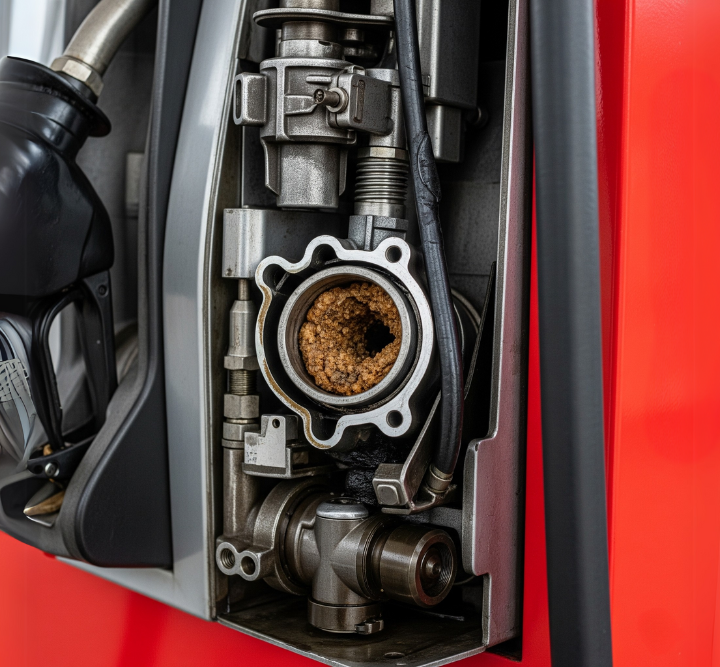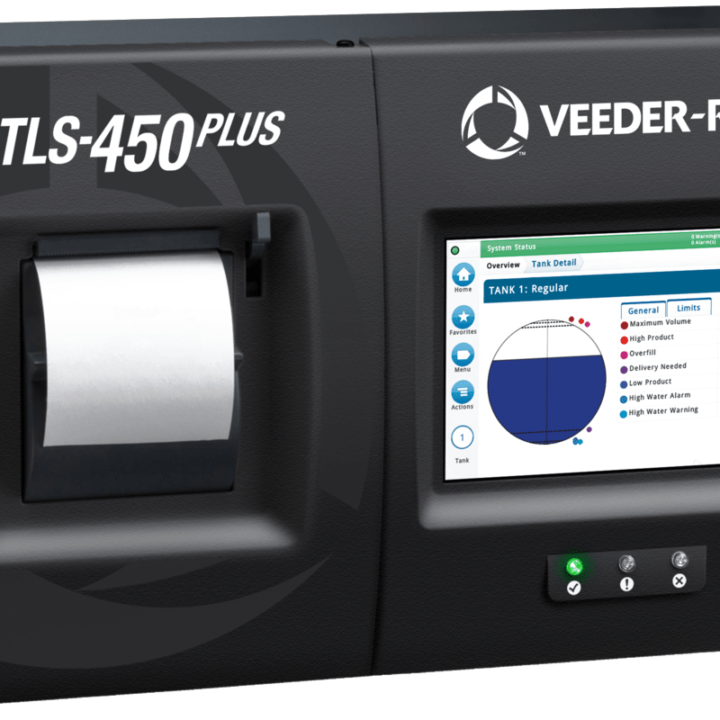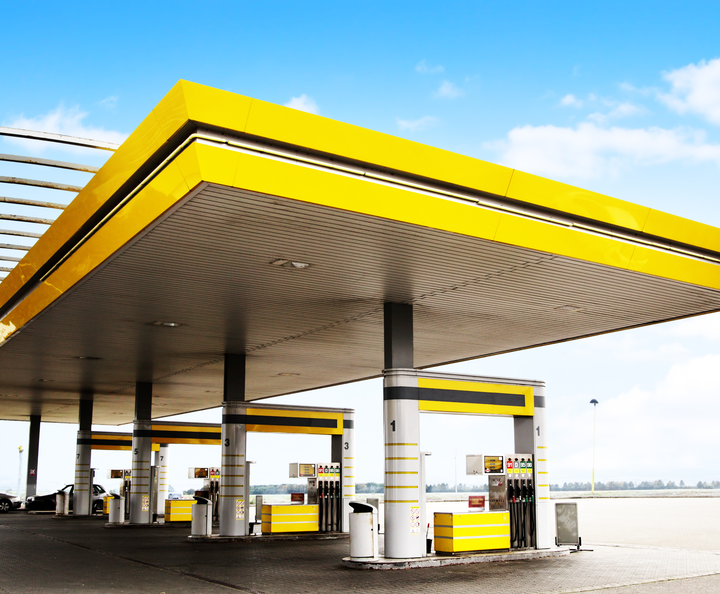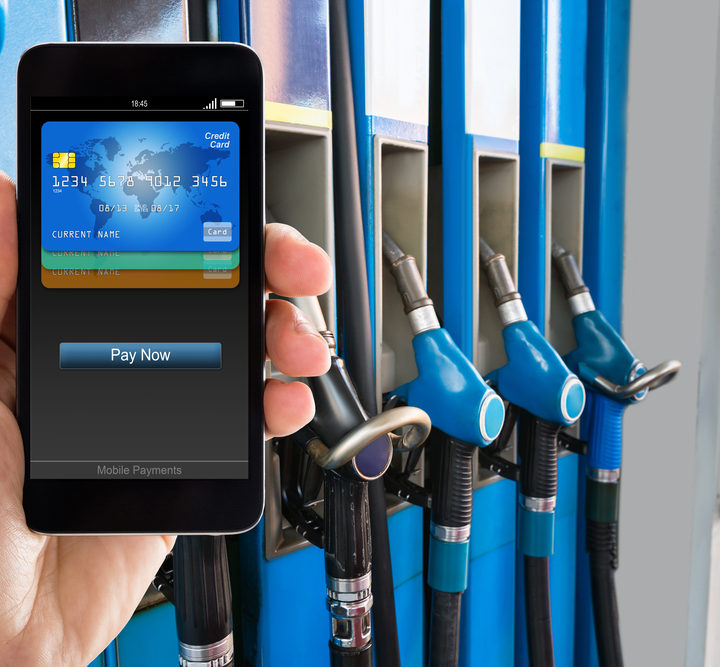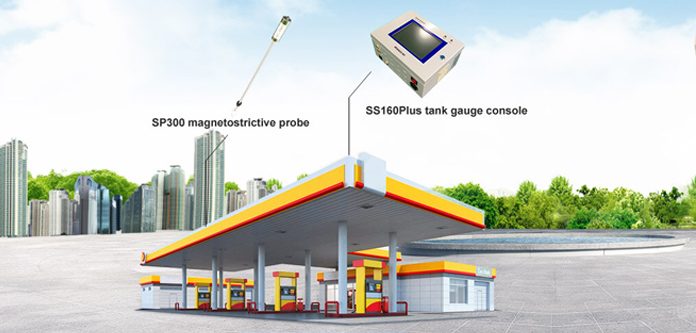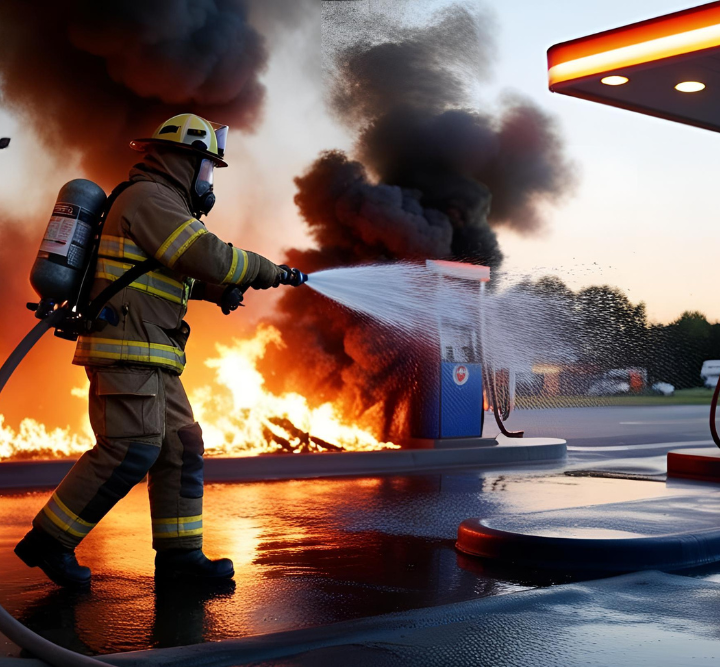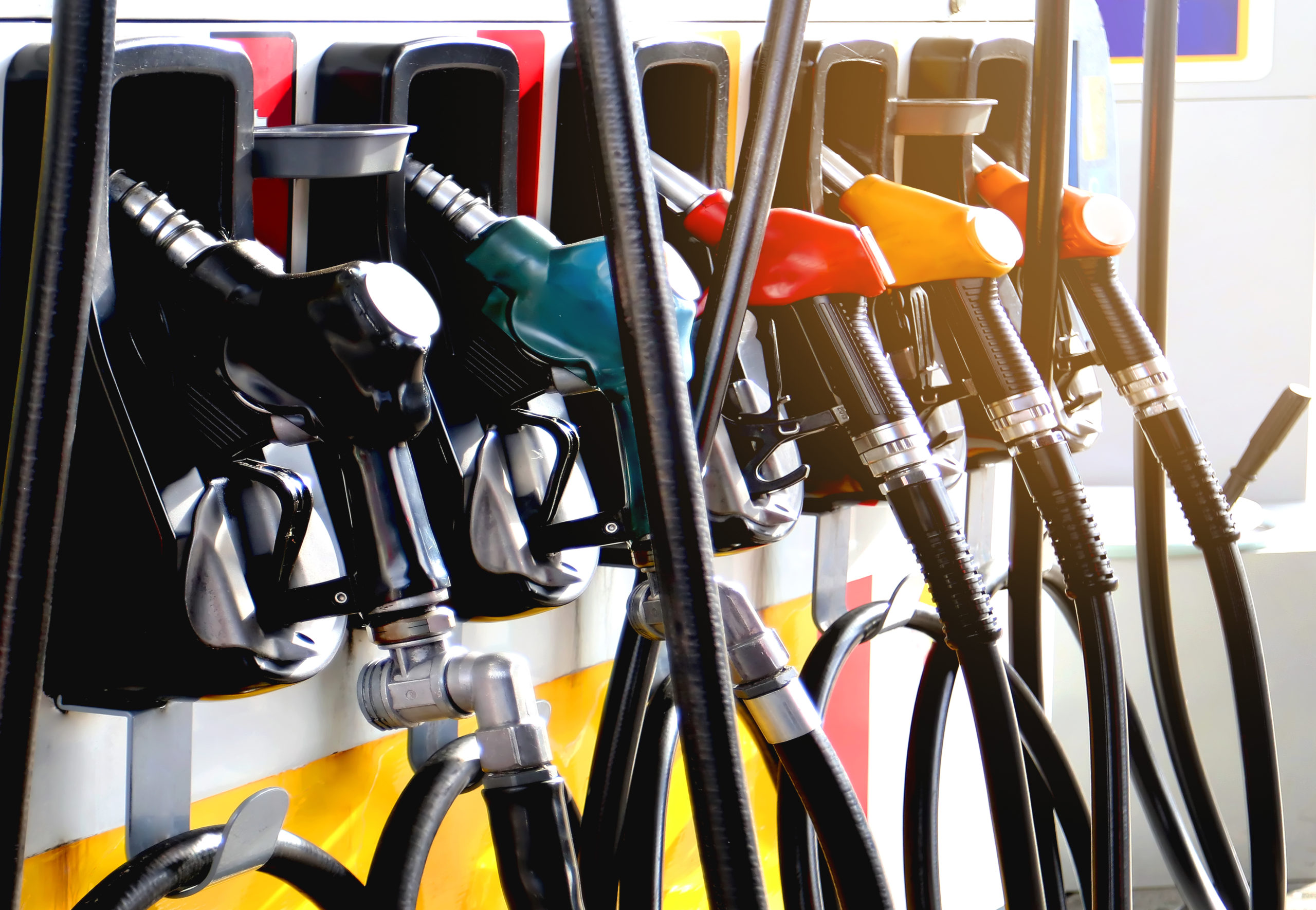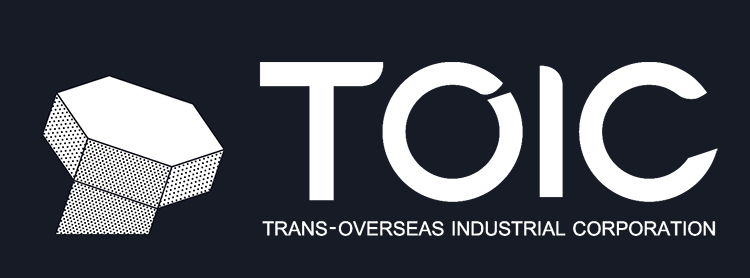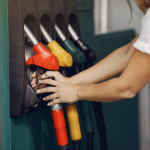Accurate fuel measurement is essential in industries that store, transport, and sell petroleum products. Tank calibration is more than just a technical process, it’s a necessary step to ensure operational reliability. Many businesses depend on tank readings for inventory, sales, reporting, and compliance. If a tank isn’t calibrated properly, even minor misreadings can lead to costly losses, operational delays, or customer disputes. This is why learning how calibration works and why it matters helps protect both your equipment and your business performance.
What is Tank Calibration?
Tank calibration is the process of measuring and verifying the true volume of a storage tank based on certified standards. The goal is to confirm that every reading accurately reflects the liquid content inside the tank. This is done using approved equipment and standardized procedures to correct any volume discrepancies. Over time, factors like temperature, usage, and material stress can affect a tank’s structure, so calibration ensures consistent measurement accuracy regardless of these changes.
Why Calibration is Critical for Fuel Businesses
Every transaction in the fuel industry relies on accurate volume data. A small measurement error could result in thousands in revenue loss or create mistrust with clients. Regular calibration avoids these risks by providing verified and consistent readings. It helps ensure pricing accuracy, transparent reporting, and proper tax documentation. More than compliance, it’s about building reliability across your operations. For businesses handling bulk storage and transfers, tank calibration is a foundation for smooth, error-free systems.
Legal Requirements
Under the Weights and Measures Law (Chapter II of RA 7394 or The Consumer Act of the Philippines), measuring devices used in commercial transactions must be properly calibrated and regularly sealed. This includes vertical tanks, underground storage tanks, and fuel dispensers. The Department of Trade and Industry (DTI), through the Bureau of Philippine Standards (BPS), is responsible for enforcing these regulations to ensure fair trade and accurate measurement across industries.
What Affects a Tank’s Volume Accuracy
Tanks are affected by many physical factors that may not be obvious at first. They may expand due to internal pressure or contract with temperature changes. Relocation, structural stress, and even the density of the stored product can also impact volume accuracy. These shifts make it critical to recalibrate tanks regularly, not just during installation or inspection periods.
Final Thoughts
Tank calibration is more than just a maintenance task, it’s a vital part of keeping your operations efficient, reliable, and accountable. When your measurements are accurate, your entire system runs smoother, from supply chain to sales reporting. It also builds trust with customers and business partners, helping you avoid costly mistakes and disputes. Regular calibration reduces risk, strengthens compliance, and supports long-term growth. Make it part of your core operational strategy to ensure every drop counts.
Why Choose TOIC Solutions?
Trans-Overseas Industrial Corporation (TOIC) Solutions, established in 1976, has been the trusted partner for fuel dispensers, fuel pumps, service station equipment, and the gas station industry in the Philippines. As a leading distributor of advanced fueling technology, we provide reliable, efficient, and durable solutions that enhance the performance of your fueling operations.
With years of expertise and strong partnerships with multinational corporations, TOIC delivers top-quality products, including automatic tank gauging, tank calibration, wetstock management, POS service station systems, and tank testing. If you’re looking to upgrade your fueling system, reduce operational costs, and ensure precision in every transaction, TOIC Solutions is the name to trust. Talk to us!
